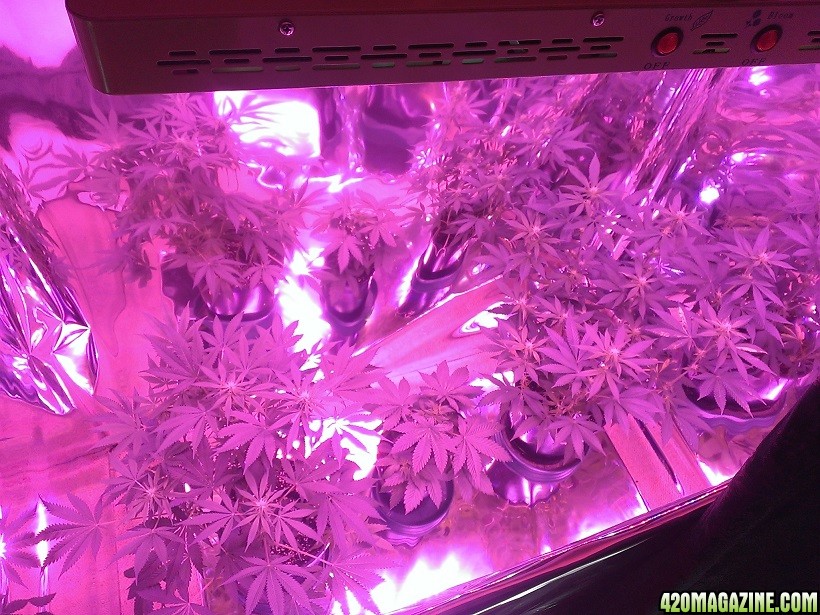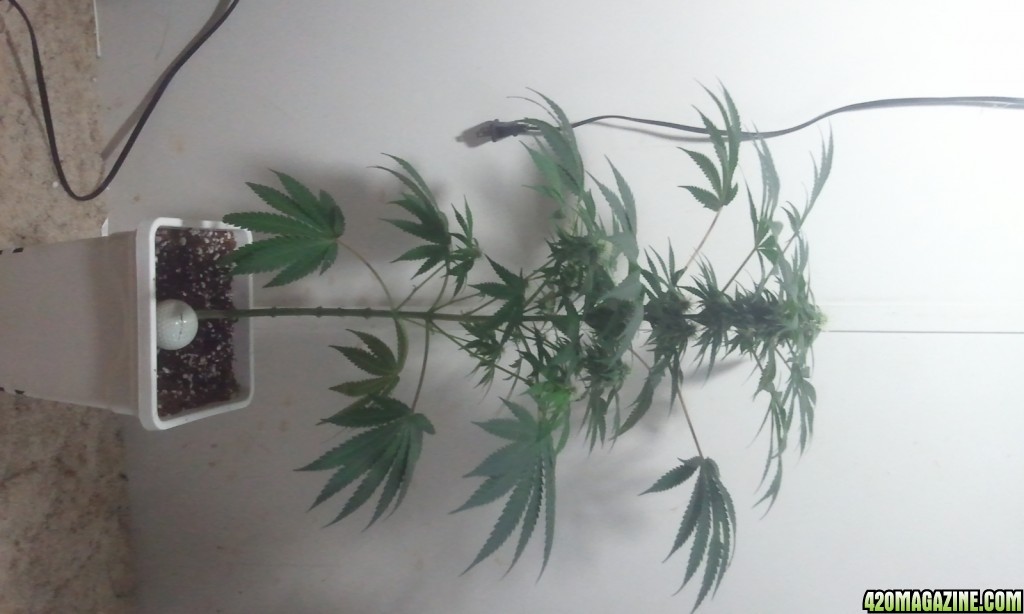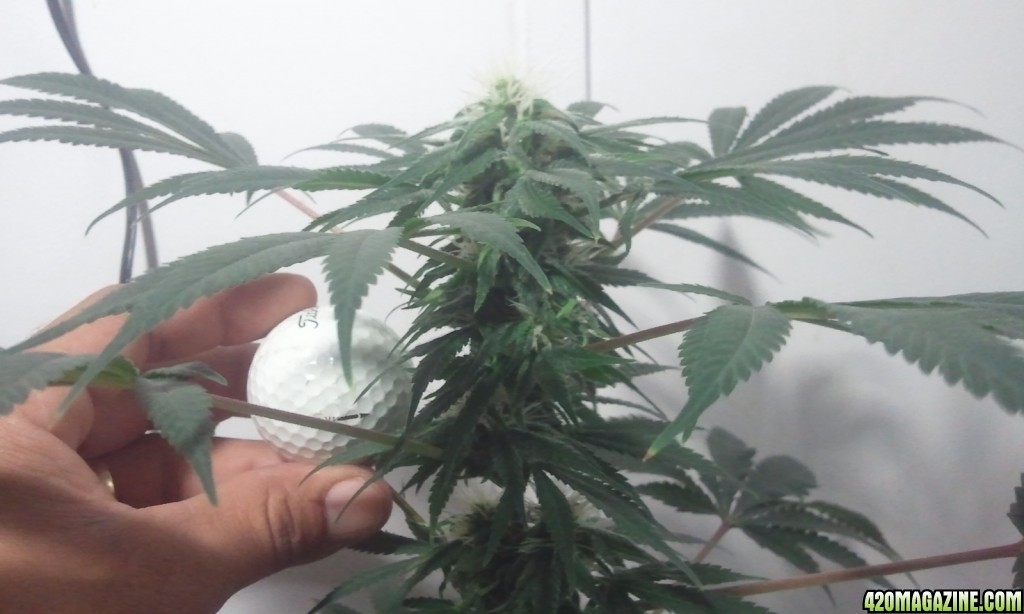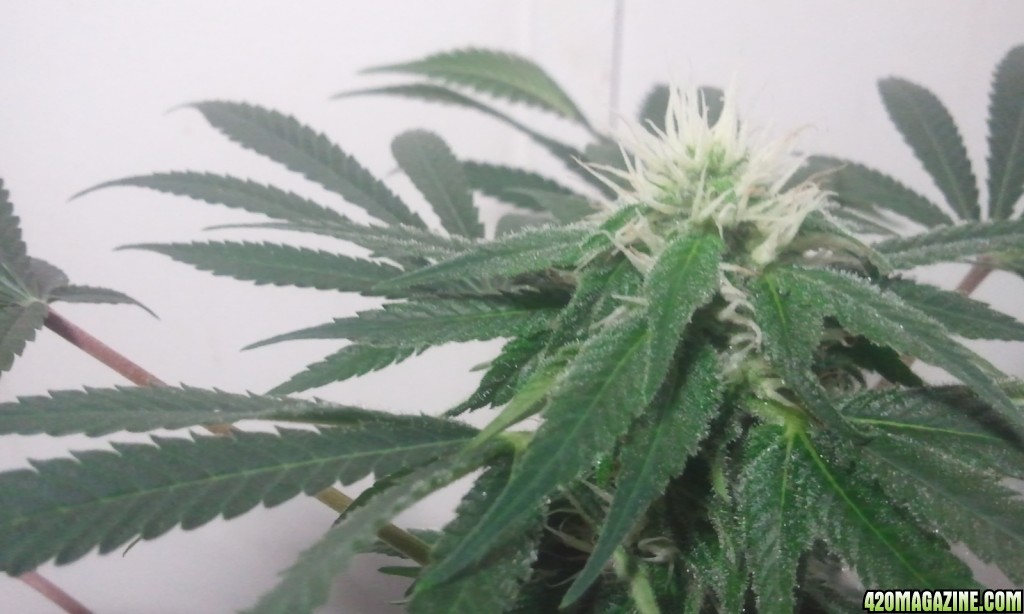Copyrights, trademarks and patents don't keep things secret. They do the exact opposite. The point remains that spectrum and ratio are not a secret. Pretending that they areis self-serving at the customer's expense.
When TopLED withholds only the binning we could talk about that. I've already said I can understand a company's interest in keeping competitive secrets secret. Spectrum and ratio are not secrets.
And, what is f e r o l e d (d-o-t) n e t ?
Binning, methods of driving, research results leading to those choices are the analogs in the LED world. We're still dealing with information (spectrum and ratio) which can be trivially discovered by a competitor. Therefore, it only puts the consumer at a disadvantage. I can only imagine it's to create the allusion of "we have a secret ingredient" which only the consumer would fall for. (Competitors would simple use a spectrometer or disassemble the light to examine the components.).
Sara said she "can not" give the ratio information, which leaves room for the possibility she doesn't have it. If it's all the same to you, I'd like Sara to confirm that she "can, but will not." I only want to make sure TopLED has made the conscious decision to withhold this public information (so I don't misrepresent your position as TopLED's). I'm not trying to argue. I simply asked if there is a reason she "can not" provide the information I asked for.
I had no intention of turning it into a philosophical debate. The fact that you responded to me as if it is a topic you need to address before it even starts indicates to me that you know what this looks like. I think that alone is my response to the philosophy we've been discussing.
Best regards
Can you give me a reason why TopLED or any other company would want to give you that info? And I still don't understand why you think they SHOULD make that info public.









